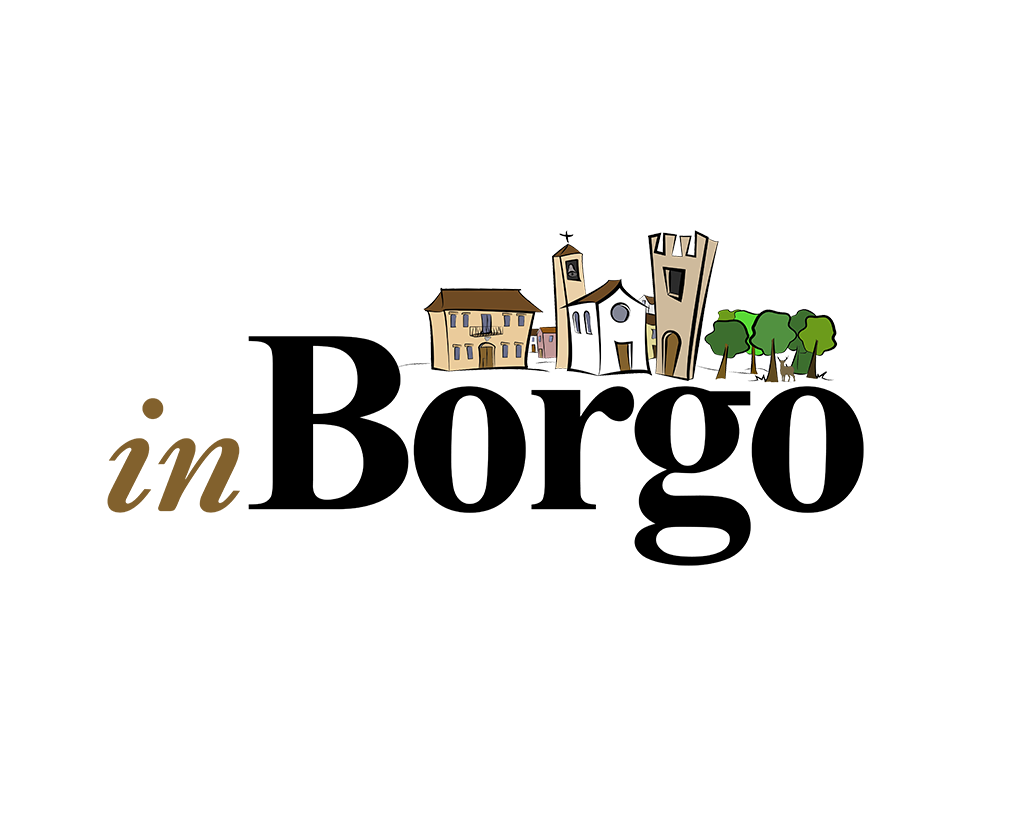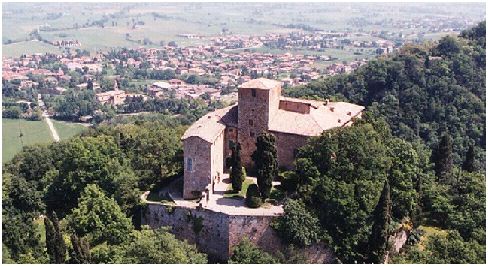
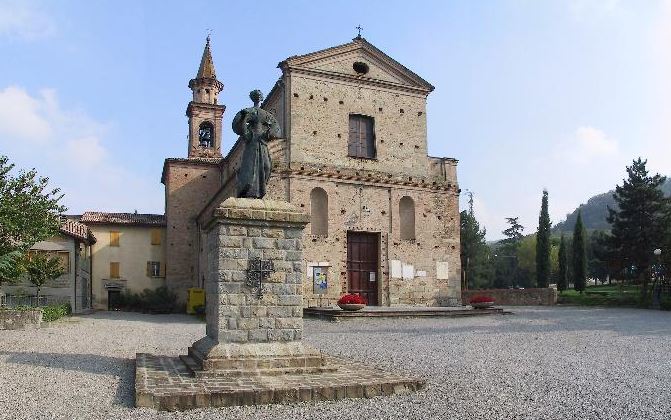
Dal nome si evince facilmente che questa cittadina ha all’interno della sua area 4 castelli. Erette tra il X secolo e l’XI secolo. Posizionati su altrettante colline che sono: Monte Vetro, Bianello, Monte Lucio e Monte Zane. Purtroppo di 3 castelli rimangono solo dei ruderi. L’unico intatto è quello di Bianello. Quest’ultimo è posizionato all’estremità orientale della città. Fu costruito nello stesso periodo del Castello di Canossa e serviva come torre di avvistamento verso la parte nord della Pianura Padana. qui visse Matilda di Canossa che venne nominata Vicario Imperiale da Enrico V di Franconia che successivamente la accusò di alto tradimento confiscandole tutte le proprietà. In seguito fu il figlio dell’Imperatore che 30 anni dopo, le riconsegnò oltre ai beni anche i titoli. Ora è proprietà del comune ed è visitabile. Oltre ai 4 Castelli ricordiamo alcuni luoghi di culto di interesse come la chiesa di S. Antonino del 1112, la Chiesa della Madonna della Battaglia e la chiesa di S. Giorgio dove compare un primo documento della sua esistenza nel 1082. Mentre di particolare attenzione sono le numerose opere di scultura sparse nella cittadina. Furono realizzate da artisti nazionali e internazionali tra il 1992 e il 1997 nell’ambito del Simposio di Scultura organizzata dall’amministrazione locale.
From the name it is easy to understand that this town has 4 castles within its area. Built between the 10th and 11th centuries. Positioned on the 4 hills of the town which are: Monte Vetro, Bianello, Monte Lucio and Monte Zane. Unfortunately of 3 castles only ruins remain. The only one intact is that of Bianello. The latter is positioned at the eastern end of the city. It was built in the same period as the Castello di Canossa and served as a lookout tower towards the northern part of the Po Valley. Matilda di Canossa lived here and was nominated Imperial Vicar by Henry V of Franconia who subsequently accused her of high treason by confiscating all her properties. Later it was the son of the Emperor who, 30 years later, returned to her the titles as well as the assets. It is now owned by the municipality and can be visited. In addition to the 4 Castles we recall some places of worship of interest such as the church of S. Antonino of 1112, the Church of the Madonna della Battaglia and the church of S. Giorgio where there is a first document of its existence in 1082. Of particular attention are the numerous works of sculpture scattered around the town. They were made by national and international artists between 1992 and 1997 as part of the Sculpture Symposium organized by the local administration.
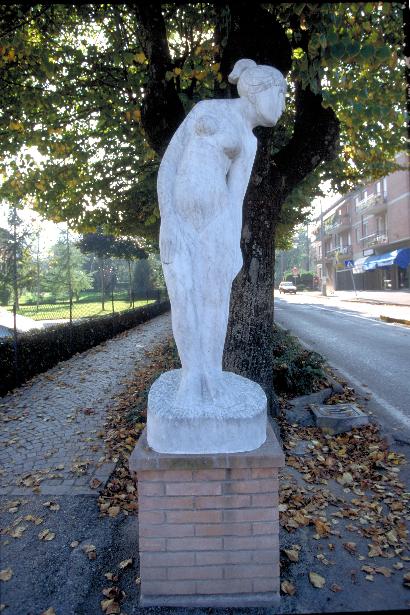
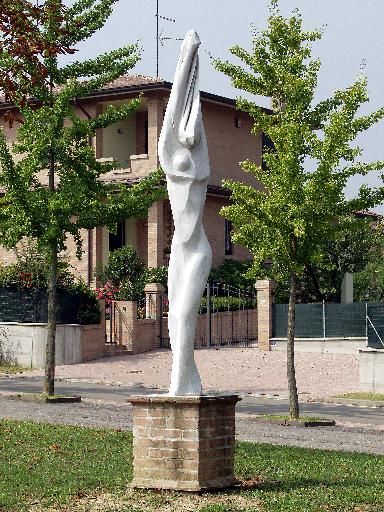
Comune di Quattro Castella
Piazza Dante, 1, 42020 Quattro Castella RE
